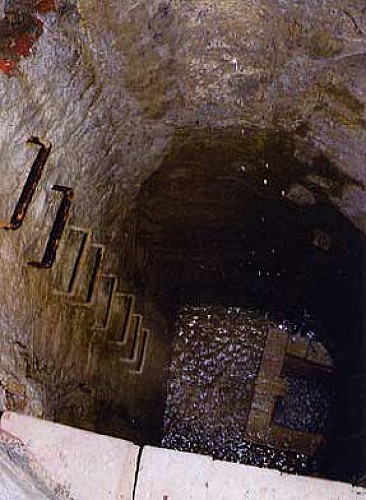Alerte
Alertes
Il Labirinto sotto la Cattedrale

Description
Rossellino was endowed with great artistic sensitivity, but low geological experience: the new cathedral built on a stable ground consists of organogenic limestone and partly (up to the apse of the transept) beyond the walls, extended into the valley on land alteration of debris resting on an inclined bed of clay.
Shortly after the inauguration, appeared in both sides of the church roof from deep cracks at the base, right on the limit of projection of the construction downstream.
Immediately began a long series of interventions until today in a labored attempt to save from collapse this artistic gem.
In 1503 work began to drain water percolation were collected in a tunnel and then into a well that was completed in 1538, as we learn from a document allegedly said that the well was used by a canon for concealing a corpse , so it was called "PIT of the CANON."
The decisive action was carried out in modern times in three phases that lasted from 1911 to 1929. Under the apse are dug 16 wells established at various depths, up to the maximum of 28 meters, connecting with each other through tunnels longitudinal, transverse and oblique axial spread over 6 levels overlapped and connected by scalinate.Il everything is divided in a path of 600 meters with 671 steps.
The dripping water and infiltration are conveyed in the ancient "well the canon" and the basis of this, through a long tunnel, 90 meters out in the valley below into a tank called "source of the Cover."
It seems incredible that a work of art so harmonious and beautiful outside, hidden in its bowels a disturbing look claustrophobic.
Informations techniques
Profil altimétrique
Auteur de la donnée
